Take a trip to the UBC Botanical Gardens.
Students in Biology 324 are taken on two field separate field trips to UBC Botanical Gardens. The first one takes students through the Asian Garden and through an underground tunnel into the plains of Africa, a southern US bog and a Physick garden.
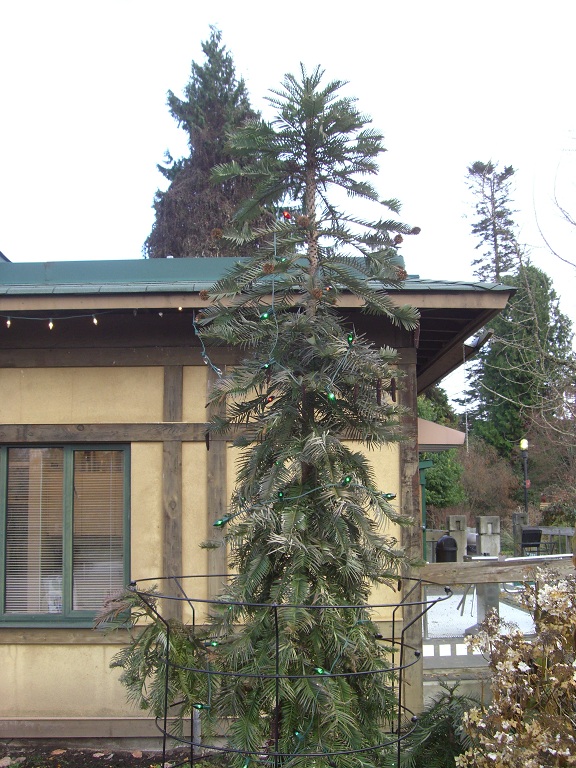
Wollemia, a tree thought to be exctinct for thousands of years that was discovered in a grove in Australia. Source: BIOL324 Vista Webpage
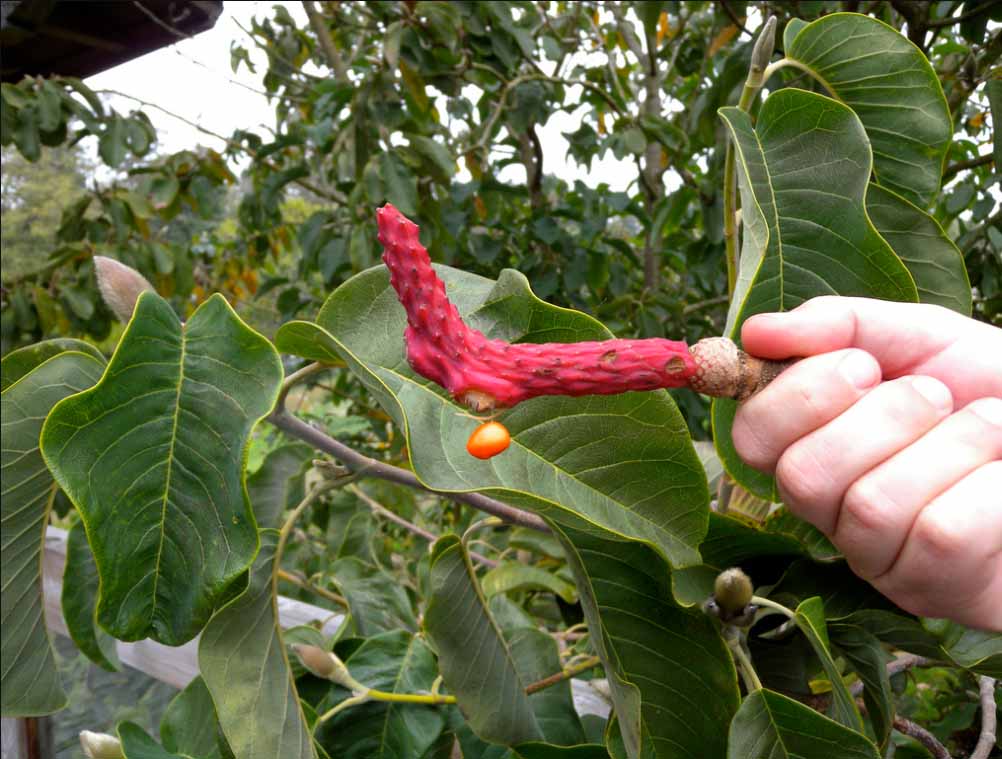
The fruit of Magnola. A fusion of carpels. Source: BIOL324 Vista Webpage
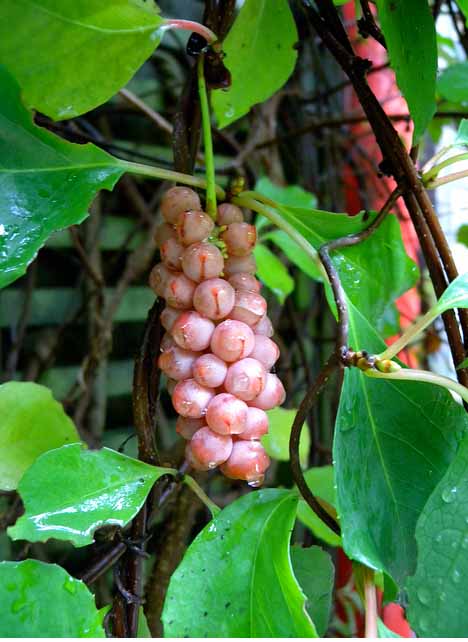
Schisandra fruit Source: BIOL324 Vista Webpage

Pumpkins in the food garden Source: BIOL324 Vista Webpage
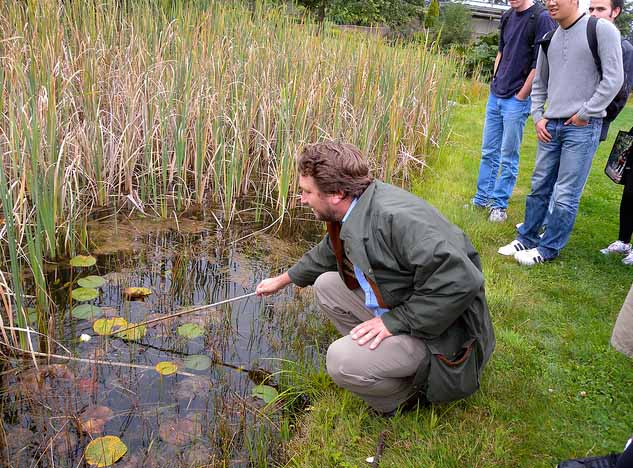
The instructor fishing for a water lily Source: BIOL324 Vista Webpage
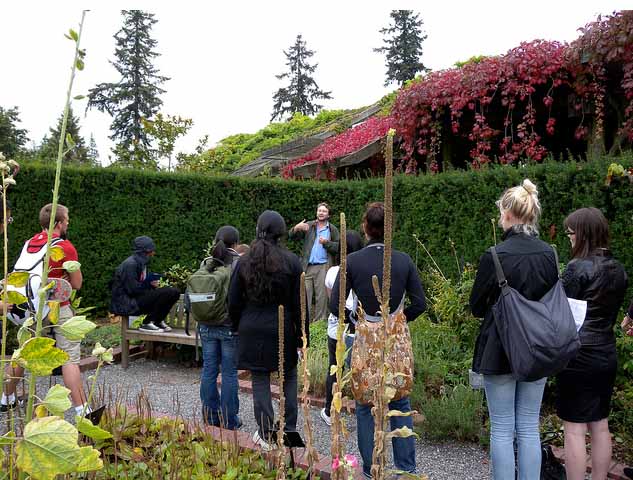
The physick garden contains a large variety of plants that were either used as poisons, medicines or both. Some are even still used today. Source: BIOL324 Vista Webpage
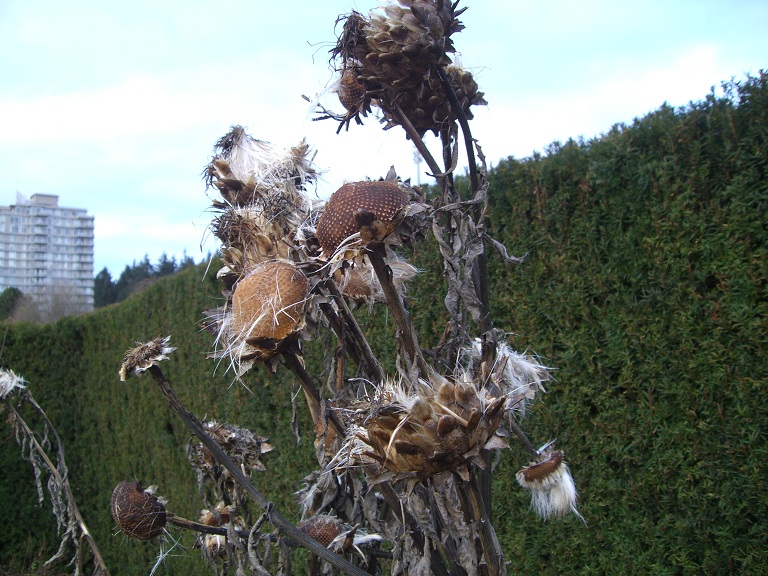
Cynara cardunculus from Asteraceae in the physick garden. "Valuable for jaundice and for livers damaged by poisons."
The second trip takes students on a trip along the Greenheart Canopy Walkway. This aluminum, tree-friendly structure allows you to walk up to fifty metres above the ground, providing a whole new perspective on the forest. Grand Fir (Abies grandis), Douglas Fir (Pseudotsuga menziesii), Western Hemlock (Tsuga heterophylla), Red Alder (Alnus rubra) and Western Red Cedar (Thuja plicata) are just a few of the common local trees students get to experience up close and personal on this fun trip. That's not to mention some of the more exotic trees like the Taiwanese Coffin Tree (Taiwania cryptomerioides).
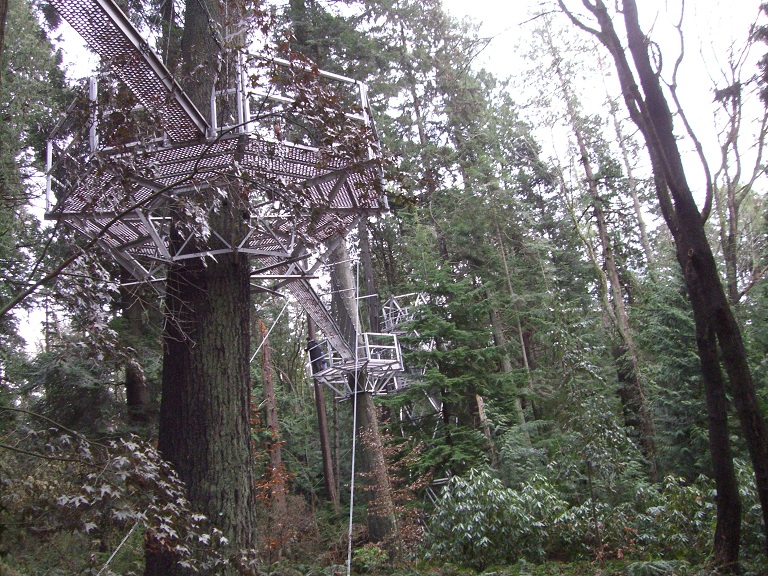
A view of the walkway from below holding onto a Grand fir.

A Douglas Fir; one of the species of great conifers students see on the canopy walkway. A fusion of carpels.
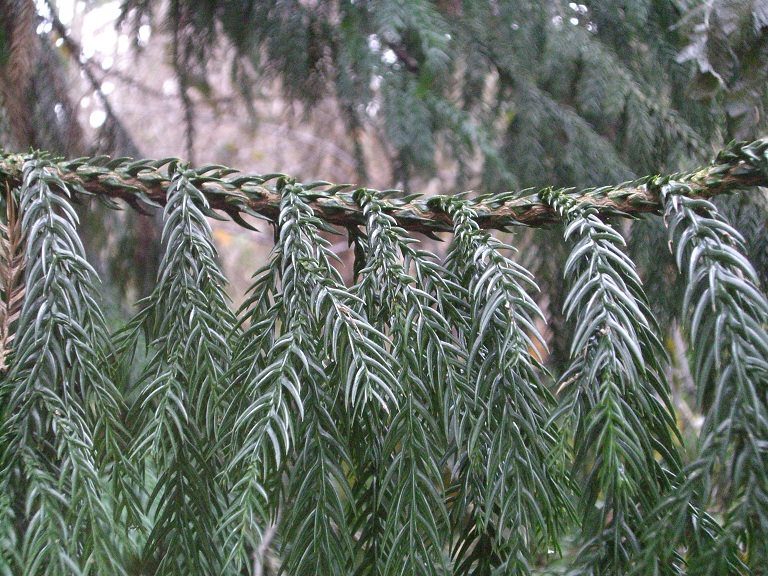
Taiwanese Coffin Tree. Note the spiny leaves along the branches.
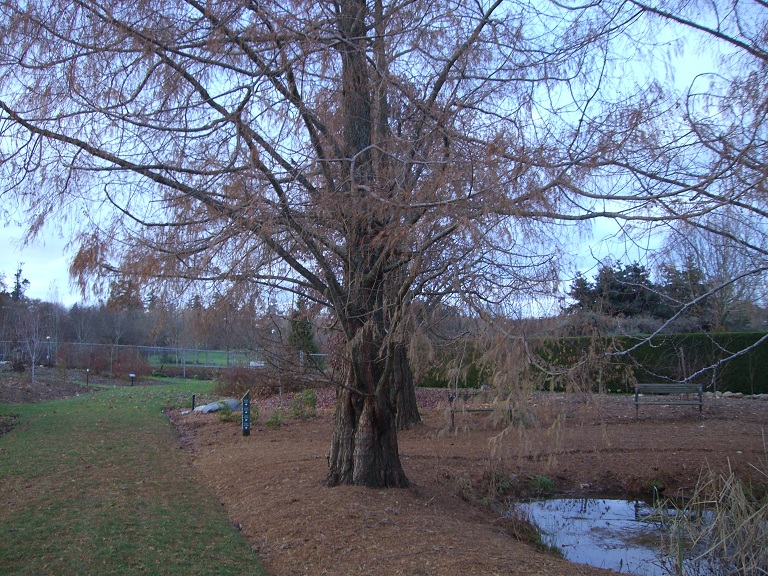
A deciduous coniferous tree that grows in wetlands of the southern
However, that is not all! Students have free access to the Botanical Gardens and, with a little bit of training from this course, students can see quite a few amazing things that are only available at certain times of the year.
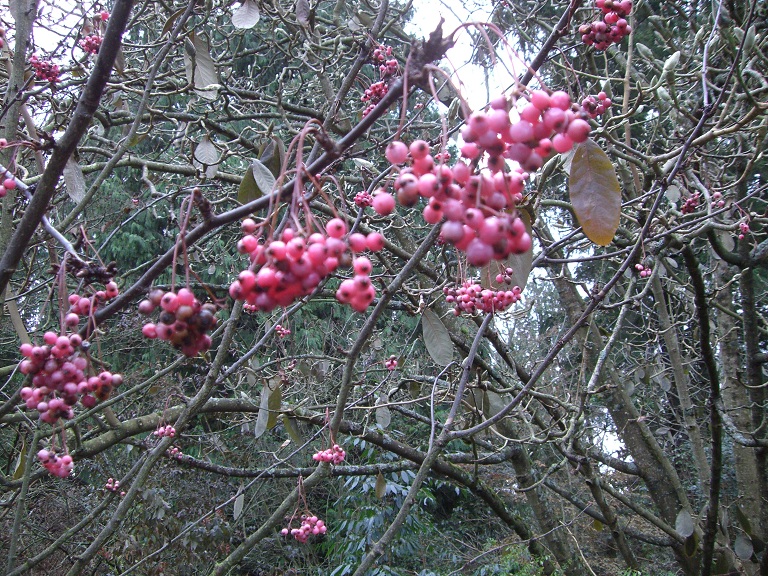
Sorbus macrantha, a winter drupe near the underground tunnel.
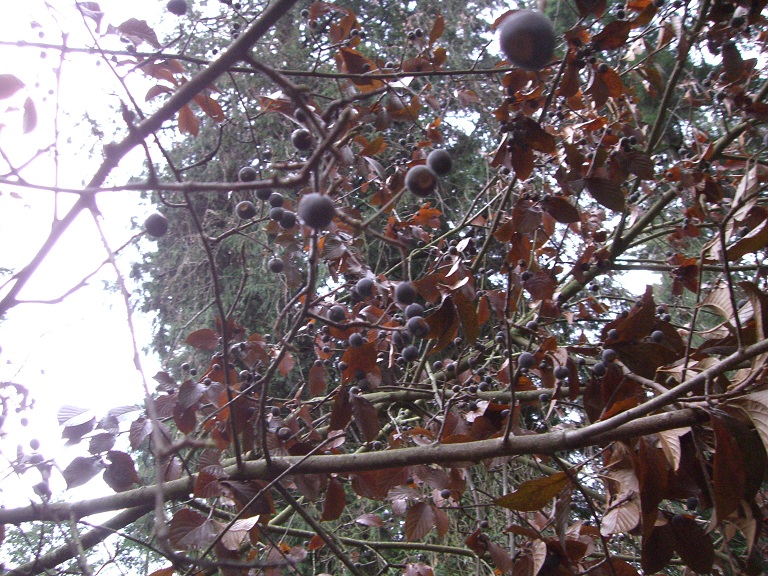
Sorbus keissleri, another fruiting rosid drupe. This one is near the fallen tree north of the canopy walkway exit.
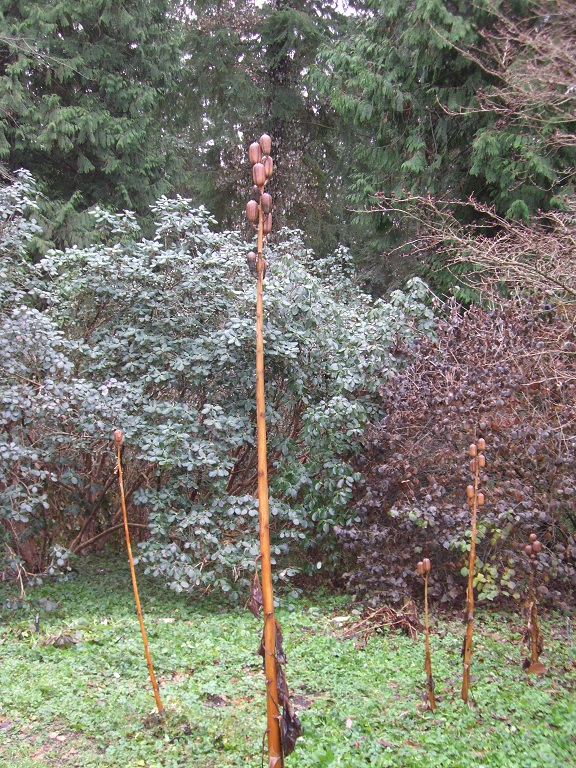
Cardiocrinum giganteum (giant Himalayan lily) near the tunnel.
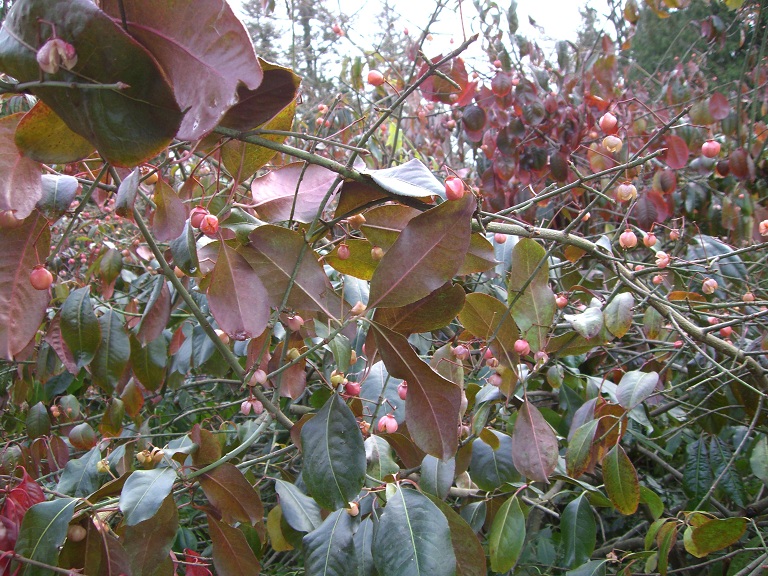
Ilex pernyi from the Aquifoliaceae family. Winter-fruiting berries.















